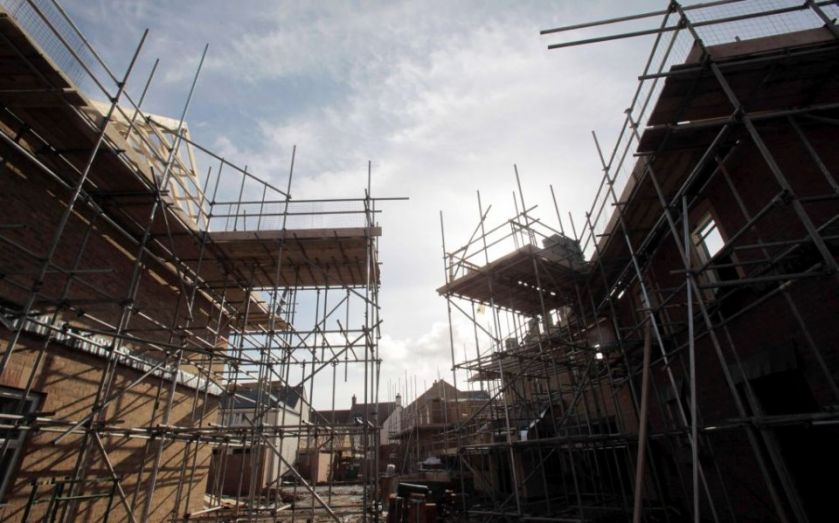Unleash small developers to reap public sector land sale potential

Today is a golden opportunity for the government to kick-start a house-building revolution in this country. We are in the midst of a generational housing crisis that necessitates ambition, innovation and creativity if it is to be resolved. Figures from across the political spectrum have got the right ideas on housing and the drive to implement them. However, if the next generation’s dream of affordable home ownership is to be realised, we need to increase housing supply. Part of the solution is very simple: the government must release more land now so we can get building.
The chancellor has said a key feature of today’s Autumn Statement will be exactly this. In July, he announced that he would be asking departments across Whitehall to identify how they could dispose of enough public sector land to build 150,000 extra homes by 2020. Given that £300bn worth of land and buildings is owned by the public sector in the UK, and much of it is currently lying idle, this is far from a tall order.
However, the trick for the government will be ensuring that its swathes of idle land are effectively parcelled out to those developers that can start delivering at pace the affordable housing that first-time buyers in our cities need. Often it is argued that this land should be grouped together into housing zones or regeneration projects. This is fine for some areas, but in our experience both types of scheme take too long to deliver the scale of housing that is required, and they provide too little variety in terms of housing stock. A development suitable for a single person looking for their first home may not be one in which a couple might want to start a family.
A further problem with regeneration projects is that they are the preserve of the larger developers in the UK and these firms currently lack the will to deliver more than what they already deliver, roughly 150,000 units each year. Prioritising them for newly-released land would ensure that the government falls far short of its target of the 150,000 extra homes it wants to build by the end of this Parliament. Also, in the areas that people want to live, such as London, there are few, if any, places where large scale sites can be bought cheaply, and therefore only smaller ones remain.
The GLA estimates that in London alone there is the potential to construct 100,000 homes on these small sites, the majority of which comprise 0.25 hectares or less. Currently, many of them sit within the public sector and will surely be ripe for disposal following today’s Autumn Statement. However, large developers routinely rule these sites out, not considering them worth developing. The question is, who will make use of them and deliver the affordable housing Londoners need? The answer lies in small and medium-sized developers.
SME developers provide so much of what is lacking from the current housing providers. They offer speed of delivery because they can’t afford to landbank, since they make their money through quick turnaround of many smaller projects. They also bring a more diverse product range because they need to work closely with local authorities to deliver the type of housing that is needed. Finally, they offer much broader growth for local areas because the investment is shared by many small businesses rather than a few very large ones.
SME developers, however, need support in overcoming numerous obstacles to make their contribution meaningful. They have to be able to find the land and this is not always easy. The London Land Commission has been tasked with identifying idle land that should be ripe for development, but many are concerned that it is ignoring smaller sites. The government could, however, lead the way here and in the aftermath of the Autumn Statement release these sites specifically to those developers who will make use of it quickly. It is likely other government bodies would then follow suit.
Additional barriers for SME developers include the land release process being too slow and complicated, local authorities not always using their powers to designate public land for affordable housing, and legal processes that can take longer than planning permission for standard documents, such as a section 106.
The disposal of public land is the first step on the journey to kick-starting our house-building revolution. Without further reform to accompany it, however, SME developers will continue to be disincentivised from entering the market. We know that the land is there and, if the local authority processes can be improved to reduce the barriers to entry, we will see the renaissance of the SME developer. This should benefit all, from the first-time buyer to the last.